Satellite imagery from last month shows that a tethered aerostat, a type of unmanned airship, floating in the air above one of China’s man-made islands in the South China Sea. This lighter-than-air craft is almost certainly carrying a sensor system of some kind, such as a radar. A network of these platforms could help provide additional, but relatively low-cost early warning capabilities, especially against low-flying cruise missiles, and improved general situational awareness throughout the disputed region.
Private satellite imagery from intelligence firm ImageSat International first released the image of Mischief Reef in the Spratly Islands showing the aerostat on Nov. 24, 2019. One of the company’s satellites had grabbed this image of the island six days earlier. The reef is one of the largest of China’s controversial man-made outcroppings in the South China Sea, which the country has been expanding since 2014.
“For the first time, #China’s aerostat, probably for #military #intelligence-gathering purposes, seen by #ISI at #Mischief Reef,” a Tweet from iSi on Nov. 24 read. “The use of #aerostat allows China a continuous situational awareness in this resource-rich region.”
China has reportedly been actively developing aerostats for military use for at least two decades, according to Jane’s 360, which said it could not immediately identify the type of airship seen in the imagery. The image does show it hovering to the eastern side of the port facility on the island. It makes sense to keep it away from the large runway on the western side of the island, as it could pose a hazard to aircraft.
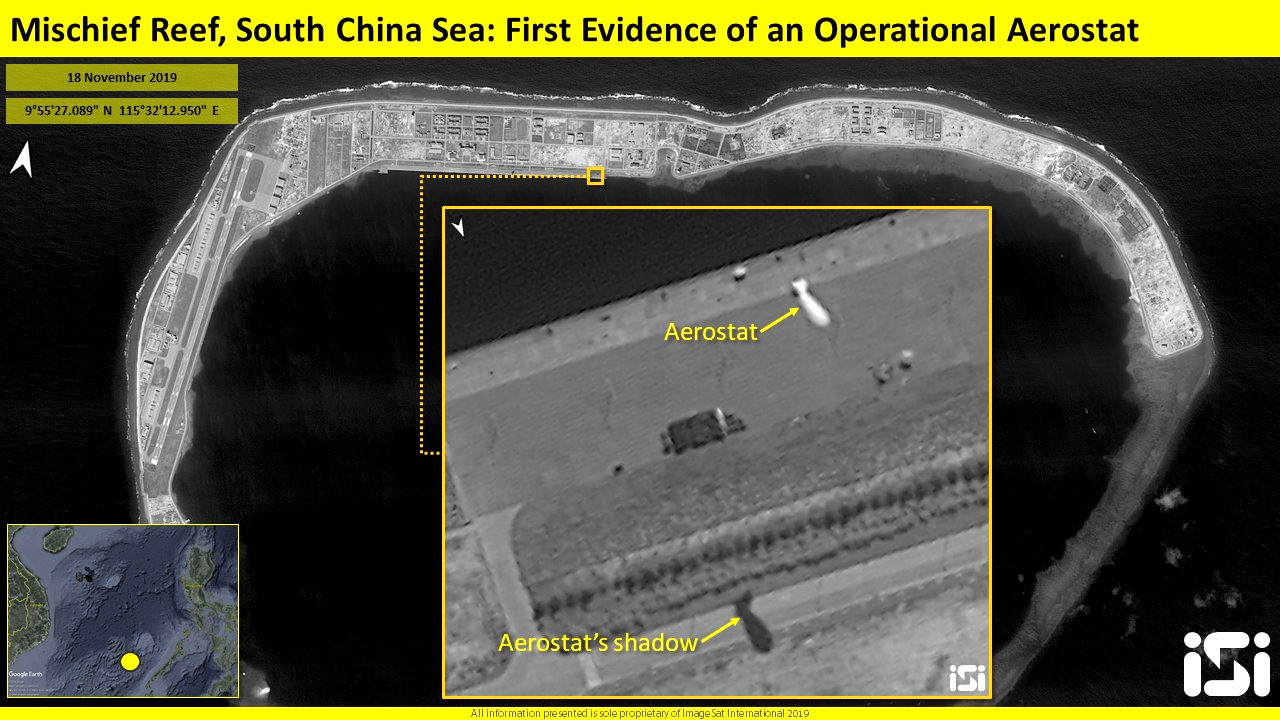
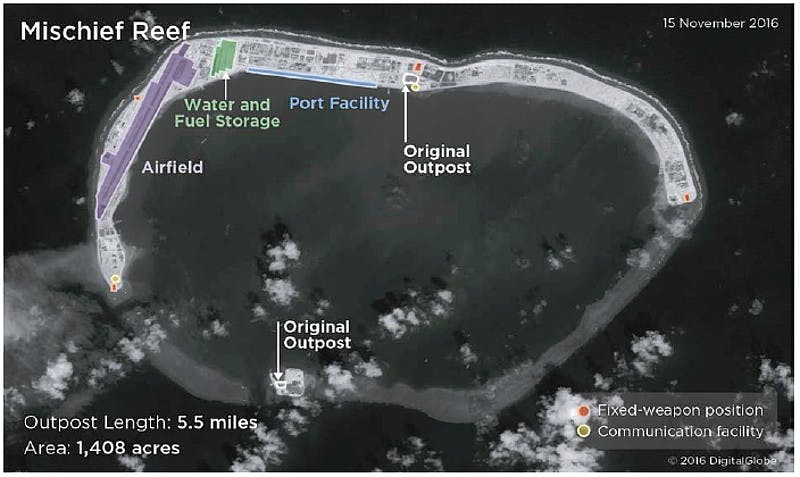
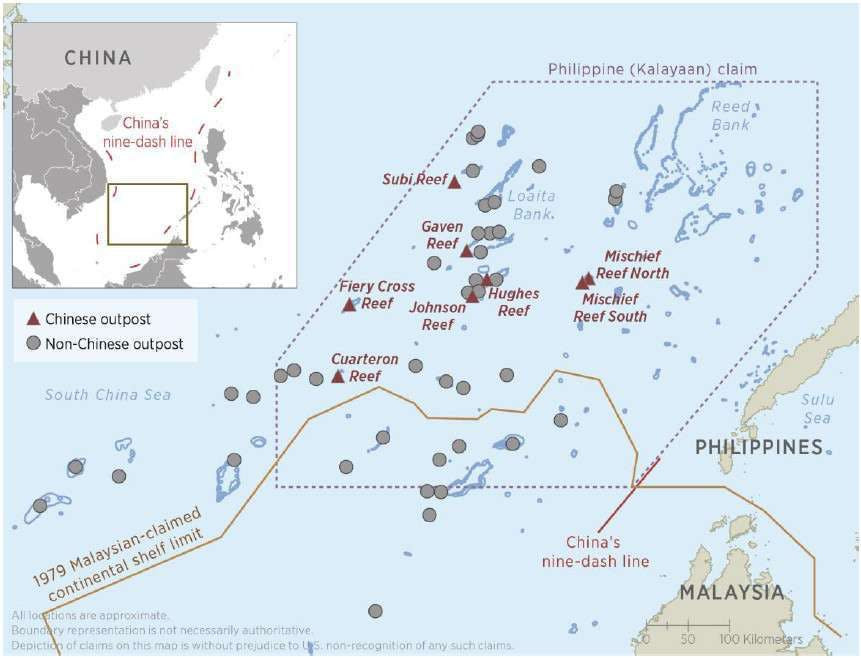
It is also impossible to tell what sensor or sensors it might be carrying from the imagery. One of the most likely options would be a radar with air and surface search and potentially acquisition and fire control capabilities.
A radar-carrying aerostat would provide a very capable, but also a relatively cheap option for monitoring various activity around Mischief Reef, as well as potentially cueing surface-to-air and anti-ship missiles to engage potential threats.
The elevated position would help increase the overall range of the system substantially, which would be especially valuable for spotting low-flying threats, such as cruise missiles or swarms of small unmanned aircraft as they crest over the horizon. Though China is steadily improving the defenses on its man-made islands, low-flying cruise missiles certainly represent a continuing threat to its outposts.
Aerostat-mounted radar systems can also remain aloft for long periods and, depending on their exact capabilities, in many types of weather, making them far more cost-effective and easier to maintain than manned aerial sensor platforms. They can also fly much higher, and therefore have far longer line-of-sight to the horizon, than even large mast-mounted ground-based radars.
The aerostat flying over Mischief Reef may also have electro-optical and infrared camera packages, which could provide more immediate surveillance coverage around the island. It can also act as a radio relay so that line-of-sight communications are more robust with vessels and other islands nearby. Other payloads, such as those that provide signals intelligence, are another possibility. Again, the tethered aerostat platform offers a low-cost, but persistent means of providing this kind of sensor coverage around fixed locations.
China would hardly be the first country to employ aerostats in this way. The U.S. military infamously poured billions of dollars into the abortive Joint Land Attack Cruise Missile Defense Elevated Netted Sensor System, or JLENS, between 1996 and 2017. Prototypes of this tethered aerostat surveillance system carried either a VHF-band surveillance radar or an X-band fire control radar.

The JLENS program experienced significant cost growth and delays leading to its effective cancellation two years ago. However, U.S. Customs and Border Protection does operate a number of Tethered Aerostat Radar Systems (TARS) across the southern border of the United States and in the Caribbean, primarily to support counter-drug operations. Each one of these aerostats carries a Lockheed Martin L-88 wide-area surveillance radar.
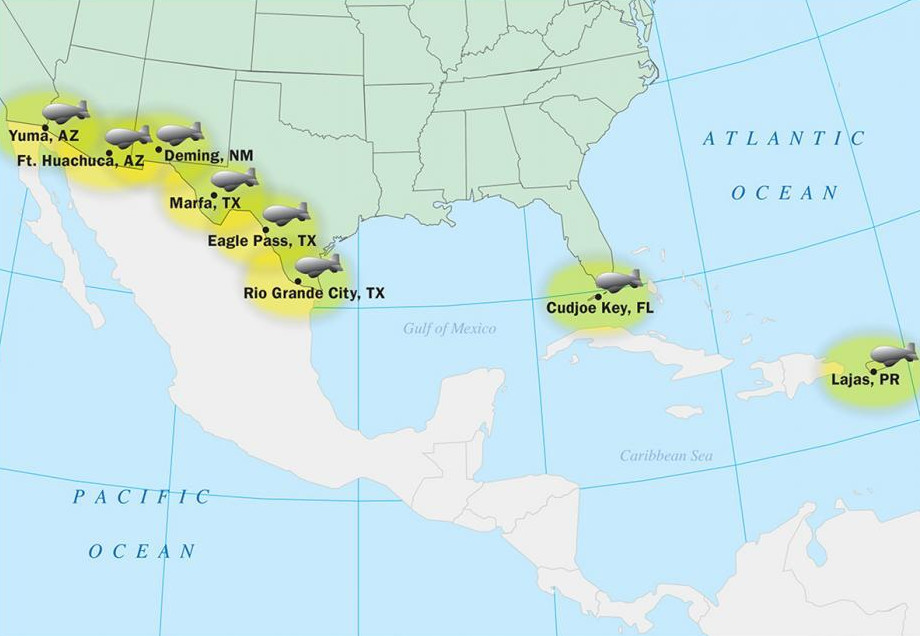
The U.S. Army, as well as other branches of the U.S. military, use a number of different types of tethered aerostats to provide exactly this kind of additional situational awareness around bases and forward outposts around the world. Many other countries, especially in the Middle East, are also now operating these American-made systems, such as the Persistent Threat Detection System (PTSD), Persistent Ground Surveillance System (PGSS), Persistent Surveillance Systems-Tethered (PSS-T), and the Altus, as well.
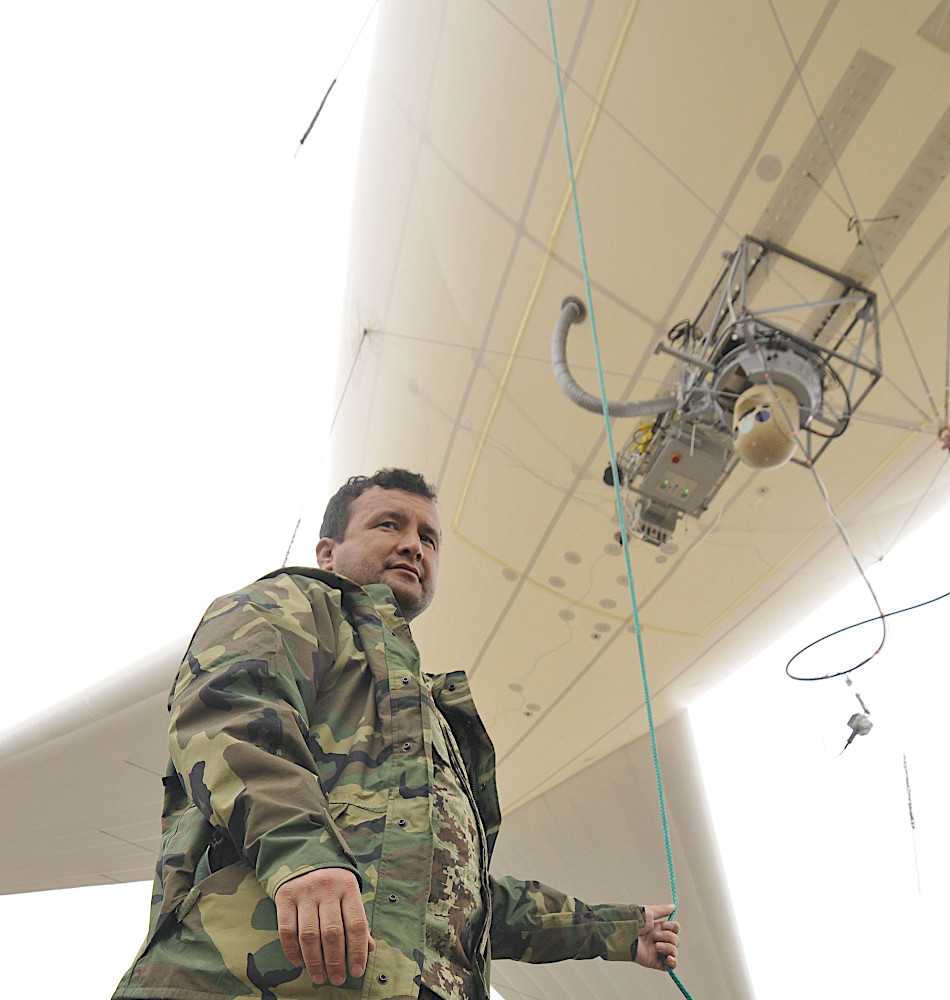
The arrival of an aerostat at Mischief Reif could easily just be the start of an array of lighter-than-air craft carrying various systems positioned on China’s other man-made islands in the South China Sea as part of larger surveillance, target acquisition, and communications networks.
It also makes sense that Mischief Reef would be where the Chinese military would start in its deployment of these capabilities, as it is one of the larger man-made outposts. The U.S. Navy’s Independence class Littoral Combat Ship (LCS) USS Gabrielle Giffords, the first ship of this class of ships to carry the service’s new RGM-184A Naval Strike Missile, passed by Mischief Reef on Nov. 20, 2019, just two days after iSi’s image showed the aerostat there.
Giffords was conducting a so-called Freedom of Navigation Patrol, or FONOP, which the United States performs to challenge China’s expansive and widely disputed territorial claims in the South China Sea and elsewhere. This patrol, together with another that the Arleigh Burke class destroyer USS Wayne E. Meyer performed the following day in the Paracel Islands, which lie hundreds of miles to the northwest of the Spratlys, drew a particularly sharp rebuke from China.
“The U.S. has kept sending naval vessels to stir up trouble in the South China Sea under the pretext of freedom of navigation,” a statement from the People’s Liberation Army’s Southern Theater Command read. “We call on the U.S. to stop such provocative acts to avoid the happening of any mishap.”
Tethered aerostats with radars on board could definitely help give China more advance notice of FONOPs without a heavy reliance on airborne or even space-based assets. This, in turn, might give the People’s Liberation Army or China’s other security services more opportunities to challenge the Americans and try to prevent them from reaching their intended destination. The Chinese have shown a willingness to do this in the past, with the Chinese People’s Liberation Army Navy’s Type 052C Luyang II-class destroyer Lanzhou notably coming close to colliding with the Arleigh Burke class USS Decatur near Gaven Reefs, also in the Spratlys, during an incident in September 2018.
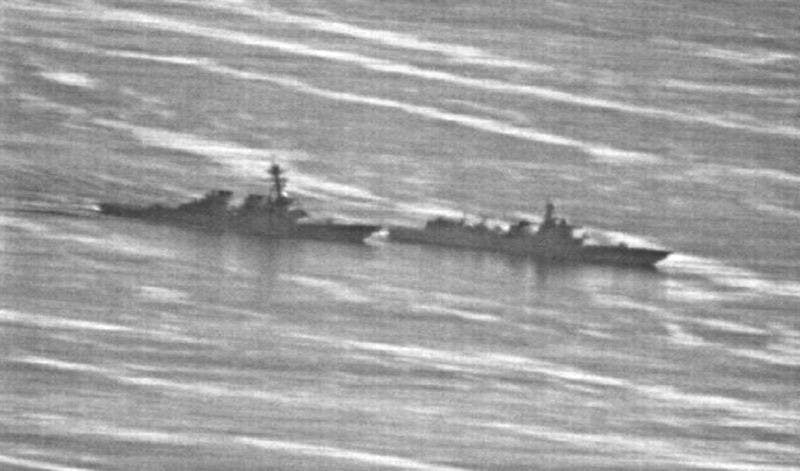
If nothing else, aerostats could offer a significant boost in China’s general situational awareness in the South China Sea.
Whatever China’s aerostat plans in the South China Sea turn out to be, these platforms are certainly well suited to expanding the country’s already significant anti-access and area denial capabilities in this heavily disputed region.
Contact the author: joe@thedrive.com
